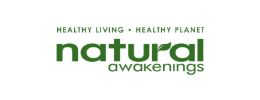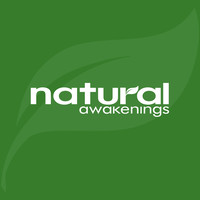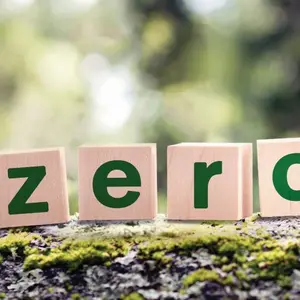
Fit Body
Fit Body
Muscular Maintenance 101: How to Repair Muscles After Exercise
by David J. Sautter
In any fitness regimen, rest and muscle recovery are just as important as strength training or cardio workouts. Allowing our body to heal micro-tears and inflammation after strenuous exercise readies muscles for subsequent training sessions. By strategically planning a muscle recovery regimen, we optimize performance and reduce injury risk.
Key factors that affect recovery time include workout intensity and duration, stress, sleep and nutrition. Workouts that are longer in duration or higher in intensity require a greater amount of recovery time. High stress levels can increase cortisol and adrenaline, and consistently excessive levels of these fight-or-flight hormones have been shown to impact the body's ability to repair. If we are chronically deprived of proper sleep (at least seven hours every night) our muscles will suffer. And a poor diet is akin to using broken tools to fix something. Following a healthy, well-balanced and protein-focused eating plan can significantly improve muscle recovery time.
Here are a few scientifically proven approaches that promote tissue repair. A solid, muscle recovery plan should include one or more of these techniques.
Earthing
Earthing is the practice of connecting with the Earth’s surface energy by going barefoot outside. Also known as grounding or barefoot healing, recent studies suggest that this practice can promote muscle recovery. One study that divided 32 healthy young men into either a grounded or sham-grounded group found that the grounded participants had significantly greater concentrations of neutrophils and platelets, which are essential for pro-inflammatory and anti-inflammatory responses.
In another study, researchers wanted to observe the impacts of grounding on immunity, focusing specifically on delayed onset muscle soreness. Results suggested that being grounded considerably lessened pain levels and altered circulating neutrophils and lymphocytes, as well as various chemicals related to inflammation.
“The feeling of being grounded will calm your mind and center your body,” says Anthony Roumell, a personal trainer, gym owner, gymnast and long-time proponent of earthing. But there’s more to grounding than a clear head. He explains, “Our entire cellular system charges with free electrons when we connect to the earth. Studies suggest that these free electrons act as antioxidants in the organism, neutralizing the inflammation response.”
Jonathan Jordan, a certified personal trainer, nutrition coach and grounding practitioner, advises, “Simply getting off computers or devices and going outside has immediate benefits. Just taking a break, being outside in nature with sun and fresh air lowers the fight-or-flight response. My clients who take the time and practice this for just a few minutes during the day all see great benefit to their health and in their workout programs.”
Hydration
Another way to improve muscle recovery is by hydrating properly. Staying adequately hydrated before, during and after a workout helps the body flush out toxins, reduce inflammation and promote muscle repair. Hydration is more than just drinking water. We also need electrolytes such as sodium, calcium, magnesium and potassium, which can be found in natural sources like coconut water, fruits and vegetables. Electrolytes can also be found in sports drinks, but make sure to choose brands that do not contain sugar, preservatives or food coloring.
Diet
Having a balanced meal before and after a workout is important for muscle recovery. Eating the right foods can provide the essential nutrients needed to repair muscles. Healthy examples include protein like poultry, wild-caught fish, eggs and grass-fed protein powder; carbohydrates like sweet potatoes, quinoa, oats and dark leafy greens; and fats like avocados, nuts, seeds and medium-chain triglycerides, known in the market as MCT oil.
Massage
Massage increases the oxygen-rich blood flow in muscles and may decrease lactic acid buildup—a condition that causes soreness and puts a damper on proper exercise. Consider getting periodic massages from a well-trained professional. A good massage can encourage muscles to heal faster. Self-massage using a foam roller, trigger point balls or our own hands can also be helpful. To promote better blood flow, compression clothing designed to apply pressure to certain parts of the body may also be helpful.
Contrast Therapy
Contrast therapies involve alternating between hot and cold, such as taking a hot shower followed by a cold one. A related muscle-recovery technique is whole-body cryotherapy, which involves exposure to extremely cold temperatures for a very short amount of time, usually one or two minutes.
“Learning how to embrace the discomfort within the cold and heat has had a profound change on my life,” Roumell says. “Contrast therapies will reconnect you to the power of your mind, your breath and your belief in your body’s magnificence. After all, when you are finished sitting in a 34-degree tub for two to 10 minutes, what could possibly be much harder in your day?”
David J. Sautter is a professional fitness writer for KnoWEwell and Natural Awakenings.
Original article published at Natural Awakenings


 By
By







